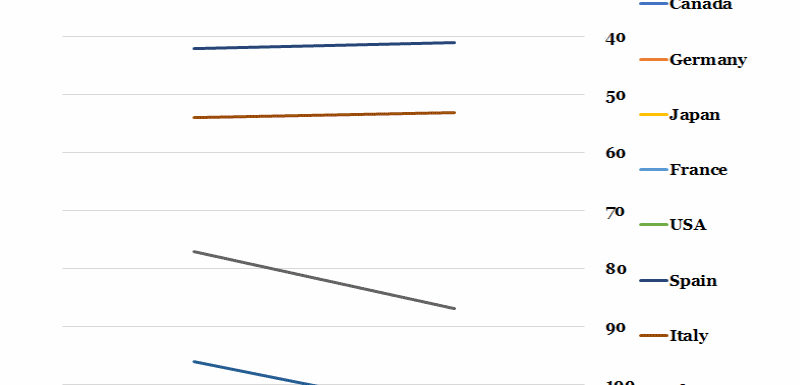
Summary
In the midst of a turbulent international political landscape, the United Kingdom and United States are deemed major casualties of increasing corruption, according to Transparency International, a prominent Berlin based anti-corruption NGO.
According to Robert Barrington, executive director of Transparency International UK, Britain’s 2018 drop from 8 to 11 in the international rankings is ‘an important warning’ in the midst of continuing Brexit uncertainty. The fall is attributed to the spectre of ‘complacency in tackling corruption’ and the potential abandonment of relatively stricter EU economic and political guidelines following withdrawal from the EU. Proposed new trade deals between Britain and nations with higher corruption ratings appears to have resulted in a spillover effect to the detriment of the UK’s perception rating.
Additionally, the United States has dropped out of the top 20 rated nations for the first time. Transparency International attributes this change to ‘an erosion of ethical norms’ and disregard of constitutional principles, specifically, ‘threats to its system of checks and balances’ between its branches of government.
Spain, Italy, Germany and France have all improved in ranking, despite the governments of these nations hailing from across the political spectrum and receiving varied levels of popular support.
Across these EU nations, there has been a galvanization of ‘One Europe’ rhetoric, which regardless of policy changes, has strengthened perception among business people of transparency and good governance. That said, some policy work from the EU may have also contributed to this, for example the enforcement of tax bills or other accountability measures on large corporations.
What does the chart show?
The lines on the chart show the change in global ‘Corruption Perceptions Index’ ranking from 2017 to 2018 for a select group of nations. This index is constructed by Transparency International using a survey sent to a sample of international ‘experts and businesspeople’ who rate nations on a scale of 0 (highly corrupt) to 100 (very clean).
Why is the chart interesting?
In their analysis of the survey’s latest findings, Transparency International has found a high correlation between level of democracy and level of corruption, with nations deemed more democratic tending to be perceived as less corrupt overall. Also of note is a phenomenon they refer to as the ‘Populism Paradox’. Recent years have seen an increase in so-called populist candidates for government coming to power as via their mobilisation of popular discontent with corruption and inequality. Through promises to upset the established ‘corrupt’ order, to ‘drain swamps’ etc these figures have been elected, at least partially, on mandates to improve transparency. Despite this, the NGO has found that populist leaders are likely to undermine democratic institutions by ‘claiming to derive authority directly from the people’. This has led to a paradoxical situation in which these leaders serve to decrease their respective nations’ rating on the Corruption Perceptions Index.
It is worth noting the subjectivity of terms such as ‘populist’, ‘democracy’ and ‘corruption’ which resonate in varied ways with different observers. Indeed ‘experts and businesspeople’, on whose perceptions these ranking are based, are also likely to hail from sections of society which do not straddle a wide range of socio-economic backgrounds. When this is the case, it could be argued that financial interests converge and a status quo, particularly in the tone of discourse is observed. Perceived violations of liberal values and general distaste at inflammatory or sensationalist comments from those in power can fuel an increased and more emergent perception of corruption, even if substantive changes to the business of government have not occurred.
Week 5, 2019

